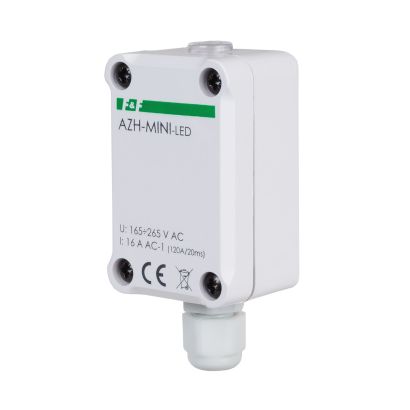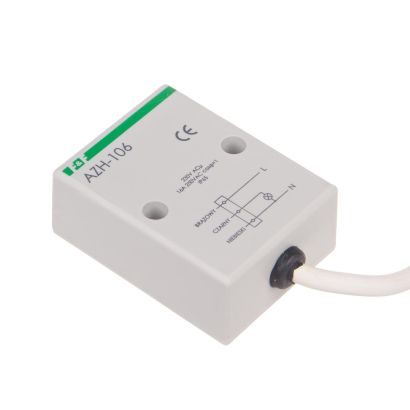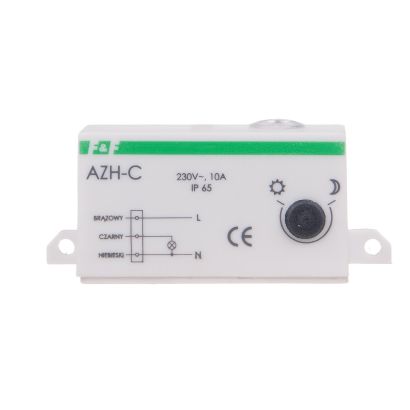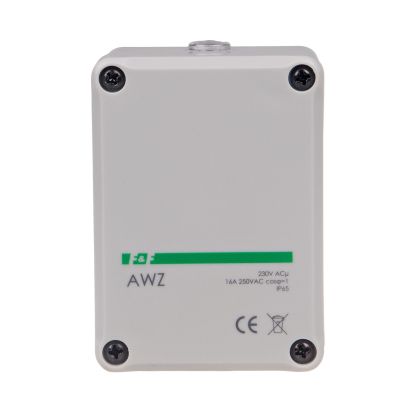What is worth knowing about twilight automata (sensors)?
Twilight switches are also called twilight switches/switches or - colloquially - twilight switches. The term twilight sensor is also often used. All these names refer to a device that turns other receivers on and off according to the intensity of natural light. The condition for their proper operation is constant access to daylight. Dusk sensors are most often used to switch on the lighting after dark.
The principle of operation of twilight sensors
Twilight switch is equipped with a photoresistor. The photoresistor analyzes the level of daylight intensity. A decrease in its intensity causes an increase in the resistance in the photoresistor. The relay is activated. The relay supplies electricity to the receiver connected to the twilight switch. The lighting is turned on.
The arrival of the morning sun forces the twilight switch to work in reverse. An increased level of natural light intensity causes a decrease in the resistance in the photoresistor. The relay is deactivated and, as a result, the lighting is switched off.
Application of twilight sensors
The most common use of twilight automatons is:
- control of highlighted ads,
- lighting of shop windows,
- turning on lights in gardens and parks after dusk,
- illuminating driveways and paths.

 Polski
Polski English
English






















